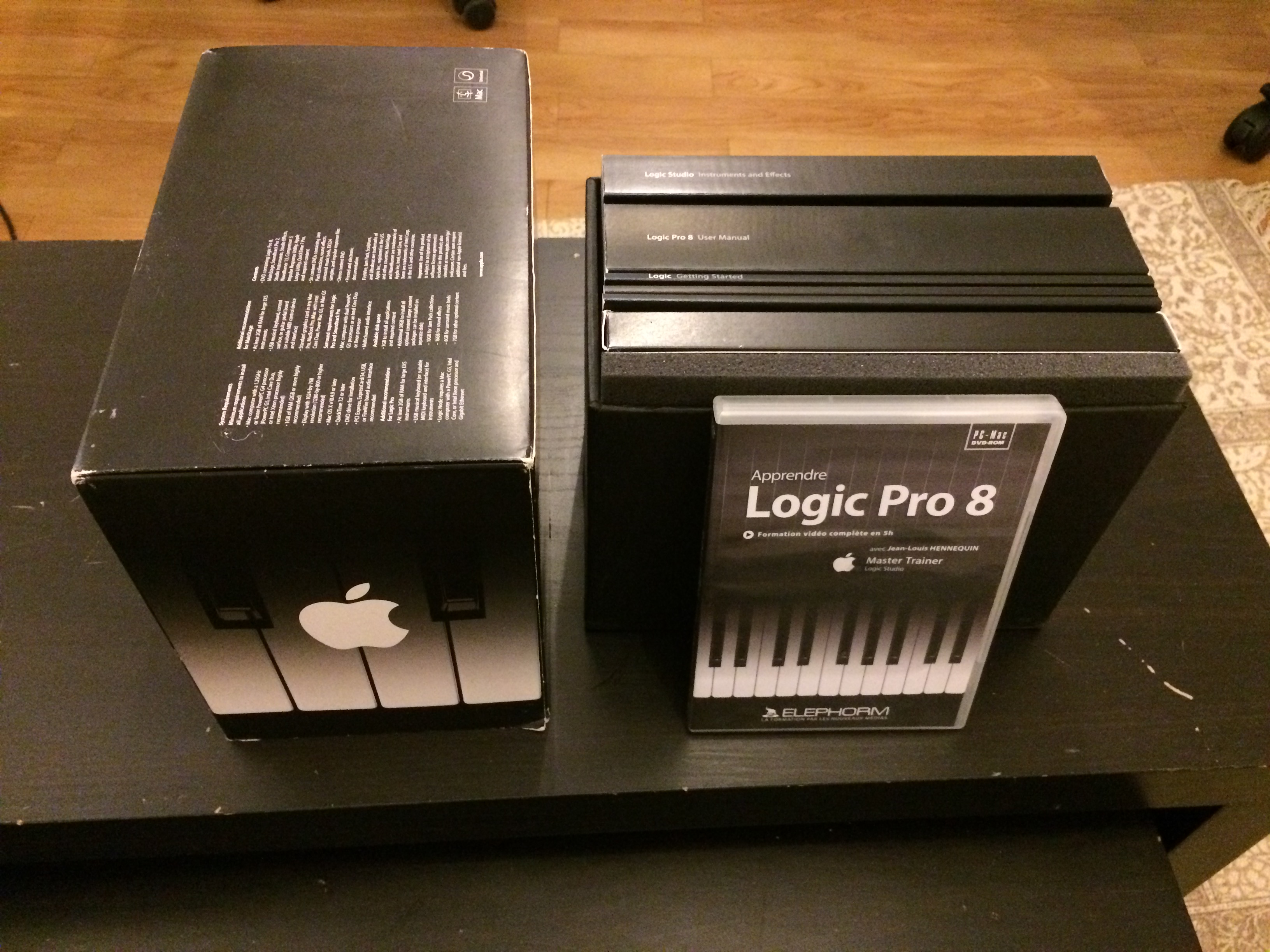

This means that the fractions obtained are impure, and often contain traces of the other liquids found in the original mixture. Sounds easy, right? What can go wrong? Poor separation is the most likely problem you will face. Slow boiling and ample time is important to achieve this goal. The drawback is that fractional distillations typically take longer, because we want to achieve pseudo-equilibrium between vapor and liquid throughout this system. The closer the difference in the boiling points, the more demanding the distillation.

The fractional distillation is more efficient, and is suited for mixtures of volatile liquids. For mixtures that contain only one volatile component, a simple distillation can be more than sufficient. We have already said that the simple distillation is less efficient at separating liquids, because there is a smaller surface area inside the column, but it is usually much faster. Vapor that passes the thermometer condenses in the condenser, a double-walled tube that is cooled by water flowing through the outer layer, and drips into the receiver.īefore moving on, let us look at benefits and drawbacks to a simple distillation versus a fractional distil- lation. The temperature reading is important, because, at normal conditions, the temperature of the vapor passing through is the same as the boiling point of the substance being collected. In the top of this connector is the thermometer, which is used to read the temperature of the vapor, just as it condenses. The inert material, such as copper sponge or glass beads, provides a large surface area, thus allowing many more evaporation-condensation cycles. The column can be packed with an inert material, which is the basis of a fractional distillation, and typically constitutes a more efficient distillation.

The column can be just a short tube (an “unpacked” col- umn), which is the basis of a simple distillation. You can see from our discussion above, that a key feature of a distillation apparatus must be a column, where many cycles of condensation and evaporation can take place. Let us discuss a typical distillation apparatus (shown above) We start with a flask containing the solution (often called a still pot), which is heated. Ideally, with a long enough column, one could obtain a vapor that is nearly pure diethyl ether, and leave behind a liquid that is nearly pure ethanol, the less volatile component. The higher the column, the more times this cycle of evaporation-condensation can be repeated, and the higher up we sample the vapor, the more enriched the vapor phase will be in the more volatile component (diethyl ether). If we attach a column to the flask so that the vapor enters this column, the condensing liquid will be heated by rising vapors, and it will boil again producing a vapor that is even more enriched in diethyl ether. As this vapor mixture rises, cools, and condenses, the resulting liquid is enriched in diethyl ether too. When we boil this mixture, we observe the following: the entire mixture (both compounds) boils, but the vapor phase is enriched in the more volatile component (diethyl ether). The boiling points of the two liquids are 36 ☌ and 78 ☌, respectively. After a sufficient number of evaporation and condensation cycles have taken place, the final condensate contains a liquid that is en- riched in the more volatile component.ĭistillation is easier to understand if we envision a spesific mixture of two liquids, say diethyl ether and ethanol. This process gradually enriches the vapor phase in favor of the most volatile component. Our overall goal is to evaporate and condense only one component from a mixture, but to attain this goal, we must allow many, many cycles of evaporation and condensation to take place.

The core of a distillation process, is selective evaporation and condensation of particular components. We utilize the difference in boiling points of liquids as a basis of separation. \)ĭistillation is a purification technique for a liquid or a mixture of liquids.


 0 kommentar(er)
0 kommentar(er)
